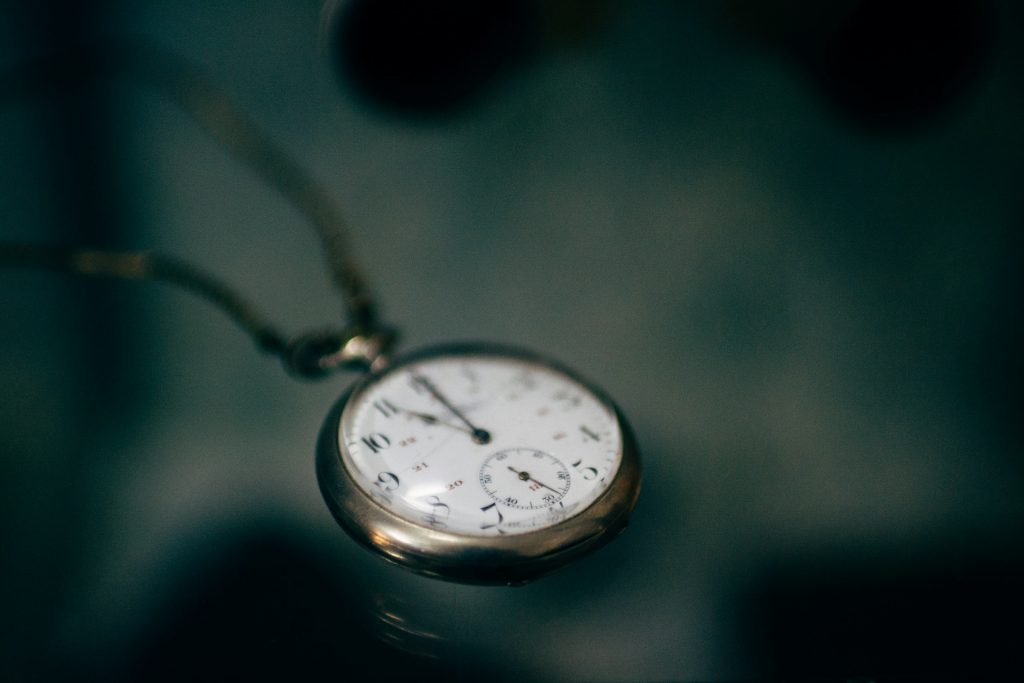Penile changes, such as decreased sensitivity, shrinkage, and thinning are common during aging. However, there are some conditions you should be concerned about. Find out what they are and how to age healthily and energetically!
Every man will experience some penile changes throughout life. This is a normal process, part of aging. But, in some cases, it may compromise physical, sexual, or emotional health.
The penis tends to change mainly as a man ages. Hormonal changes and blood flow, the emergence of diseases, and adopting a not-so-healthy lifestyle contribute to this situation.
Check out how your penis changes as you age:
Change 1: Decrease in sensitivity
Penile sensitivity depends on a good brain condition so that you can become aroused.
As you age, sexual desire tends to decrease, due to the drop in testosterone. Moreover, conditions like diabetes alter neurological aspects that cause loss of sensitivity.
If a man develops penile fibrosis near the nerves, sensitivity can also change.
Change 2: Difficulty ejaculating and having orgasms
The drop in male hormone – hypogonadism – can be accompanied by a decrease in libido and sexual desire.
When this happens, the man has more difficulty becoming aroused, paying attention to the moment, and enjoying sexual intercourse. Thus, his sexual life loses quality.
Change 3: Ejaculation volume
Ejaculation is a muscular contraction necessary to push semen out. As you age, the strength of the jets weakens, and often, ejaculation merely drips from the tip of the penis.
The amount of fluid ejaculated also changes, as semen production decreases. Patients who have had their prostate removed, for example, do not ejaculate at all.
In some cases, such as in diabetic men, ejaculation can go up to the bladder and come out in the urine – which constitutes a case of retrograde ejaculation, and does not present health risks.
Change 4: Change in curvature
The formation of fibrosis in the penis limits the expansion and elasticity of the tissues, which leads to the appearance of curvatures in the penis.
These deviations can present in any direction (up, down, or sideways) and sometimes reach severe degrees that make a quality sexual life unviable.

Change 5: Penis shrinkage
The penis is a pressurized hydraulic cylinder, and the penis decreases with old age in some cases, as there may be a loss of elasticity of the member, causing shortening of the tissues.
If the cylinder loses elasticity on both sides in the same proportion, the penis will be reduced in size without curvature. However, when one side is more restricted, when erect, the penis will also bend.
Change 6: Penis thinning
Another of the penile changes caused by the loss of tissue elasticity is the thinning of the member.
In this case, the loss occurs in the circumference (partial or total), leaving the penis thinned, which can occur at one or more points.
Change 7: Erectile dysfunction
For an erection to occur, a physiological balance between the amount of blood entering and leaving the penis is necessary.
With aging and chronic diseases associated with age, this balance becomes increasingly difficult. As a consequence, the man may have difficulty or inability to have, or maintain an erection – the so-called erectile dysfunction.
Change 8: Erection duration
One of the signs of erectile dysfunction is not being able to maintain an erection for a long time.
Often, men who still have erections notice that their duration is no longer the same, and this generates a certain anxiety that further hinders the maintenance of an erect penis.
Change 9: Premature ejaculation
Because they cannot hold the erection for a long time, men end up ejaculating earlier.
The pressure and fear of not being able to perform well can further interfere, causing the man to have premature ejaculation.
Change 10: Dissatisfaction with the penis
Penile changes can leave a man dissatisfied and frustrated with his penis, leading to anxiety, depression, social isolation, and problems in relationships.
The psychological impact is intensified by other changes that usually occur at this stage of life, such as health decline, children leaving home, and retirement, to name a few examples.
It’s worth noting that some treatments for mental health can interfere with sexual health.
How to take care of penis health?
To deal with penile changes and aging, it is extremely important that men have professional support for healthy aging.
Doctors such as a general practitioner, geriatrician, endocrinologist, cardiologist, and urologist will help the patient to prevent diseases and manage conditions they may already be facing.
A urologist, in particular, will help the patient have a quality sexual life, whether with guidance for relationships, with the diagnosis of conditions such as erectile dysfunction and Peyronie’s Disease, or with treatment for problems that interfere with sexual performance.
Furthermore, adopting a healthy lifestyle is essential for men to live longer and better. Balanced nutrition, physical activity, and avoiding stress are the foundation for good health.
Penile changes are part of life from birth. Over the years, your penis will change many times, but during adulthood, you can always count on a urologist to check if everything is fine with your friend. Talk to us and avoid worries.

